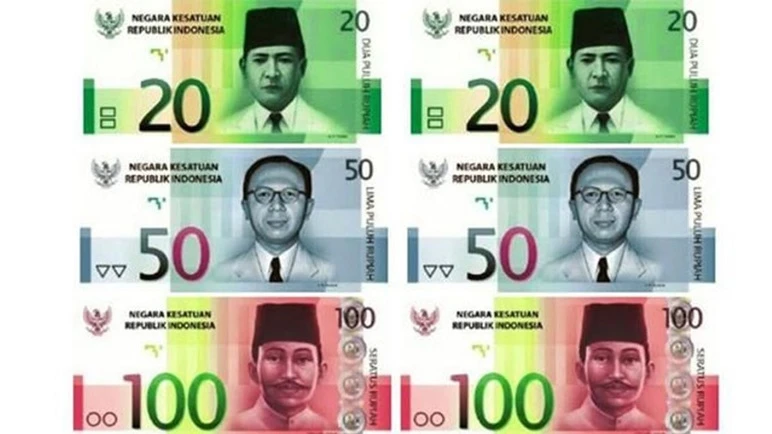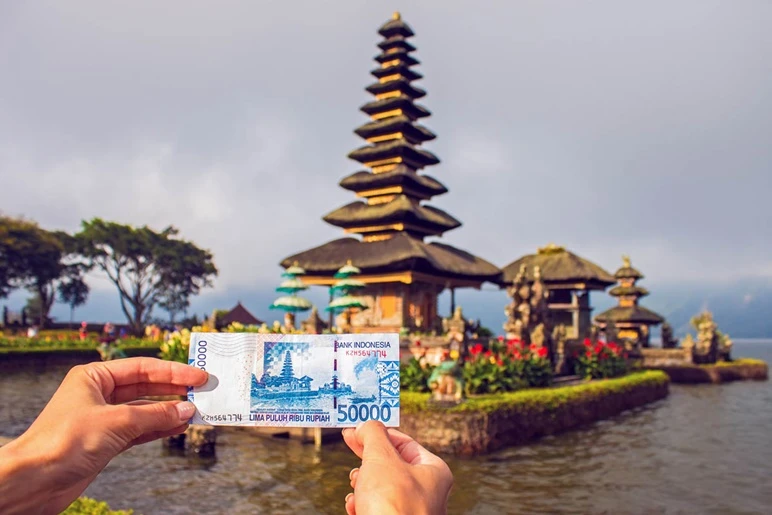Indonesia is gearing up for one of the most significant changes to its monetary system in decades. Under the direction of Finance Minister Purbaya Yudhi Sadewa, the long-anticipated redenomination plan is now back in motion. This shift has sparked widespread discussion not only within financial circles but also among travelers. In this article, we explore what this transformation could mean for visitors in Bali and how it may shape the broader tourism landscape in the years ahead.
Keep reading to learn why this policy could change the way people experience the island and the country at large!

Why the Redenomination Is Moving Forward
The rupiah (IDR) redenomination is a structural reform designed to simplify financial transactions without altering the value of the currency. The proposal would trim three zeros from the rupiah, turning today’s IDR 1,000 into IDR 1 and IDR 100,000 into IDR 100. The purchasing power of the rupiah will remain unchanged. The proposal is included in the Ministry of Finance’s strategic program under PMK 70 of 2025 and continues a long-discussed effort to modernize Indonesia’s financial systems.

Policymakers argue that a simplified denomination system will reduce inefficiencies, support accounting and pricing clarity, and strengthen the rupiah’s international credibility. Purbaya Yudhi Sadewa has reiterated that Bank Indonesia will handle the technical rollout, while the ministry will guide the legislative process to ensure that the transition becomes a defining achievement of the current administration.
What the Transition Means for Bali Tourists Today
Although the redenomination is still several years away, the implications for tourists are already generating interest. Bali receives millions of international visitors annually, many of whom arrive from countries that use much simpler currency formats. The current rupiah system often requires quick mental adjustments, especially during the first days of a holiday when travelers must distinguish between several high-value notes and estimate their worth relative to their home currency. The proposed reform could make the spending process more intuitive, reducing misunderstandings and easing everyday transactions.

Another important consideration relates to tourist safety. The complexity of the current notes has long enabled a persistent money-exchange scam that targets distracted travelers. Fraudulent vendors may present the correct count of notes during a transaction, then quietly remove several bills during the bundling process. Tourists who are unfamiliar with the appearance and value of each note often fail to notice the discrepancy until much later. A simplified currency structure is expected to narrow the opportunities for such scams. However, until the new system is in place, visitors are still encouraged to inspect their cash carefully and verify the amount in full before leaving the counter.
Questions and Challenges Ahead
Despite optimism surrounding the reform, the transition comes with challenges. Some economists have argued that the 2027 target is ambitious, noting that public education, gradual circulation of new notes, and adjustments to financial systems may require significantly more time. Shifting public habits also presents a hurdle. Indonesians are deeply accustomed to referring to amounts in informal shorthand, and adapting to a new numerical structure may take years of sustained communication and nationwide coordination. The government acknowledges these obstacles but remains confident that the change will strengthen financial governance in the long term.

A Future Without the Zeros
If the redenomination proceeds on schedule, tourists arriving in Bali after 2027 will no longer encounter the novelty of million-rupiah receipts or thick stacks of high-zero notes. Instead, they will engage with a leaner, more streamlined currency system that reflects Indonesia’s broader economic aspirations. For now, the transition remains a work in progress, and its success will depend on careful planning, public readiness, and institutional discipline.




 Billy Bagus
Billy Bagus
 Nov 21, 2025
Nov 21, 2025






